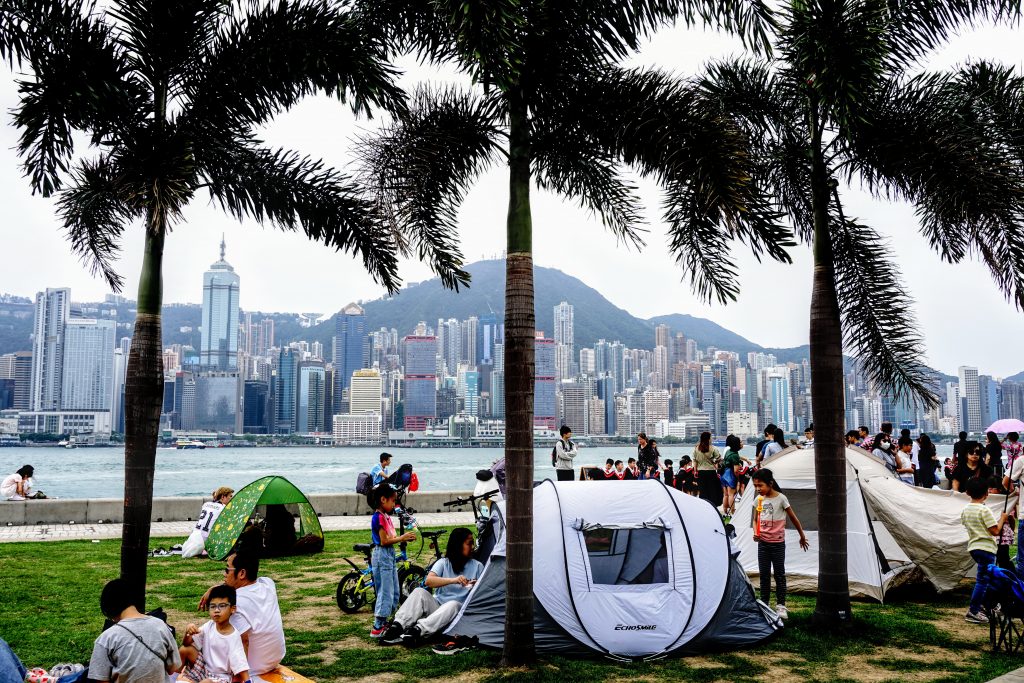Labour Week fell in the middle of my stay in Hong Kong. The consequence was that over a million people (primarily from China) came to Hong Kong. The demand for accommodation was great.
For my first few days I’d booked accommodation. As is usual, I then played it by ear. However, this time when I went to extend my stay at the same hostel, there was nothing available. I looked around and eventually found something at a reasonable price.
When I was doing the Dragon’s Back walk with my friend, she mentioned Chungking Mansions. For many years, and even now to some extent, this building had the reputation for the centre of criminality. It was featured in the film Chungkung Express.


When I got back to my hostel, I wondered where my next hostel was. It turned out to be in Chungkung Mansions! I did some more searching, and it was now more renowned for competitive money exchangers than seedy activity.
My Chungking Mansions’ hostel warned about “salesmen” crowding around the entrance to the mansions in the evenings. However, the owners of the mansions had circumvented this problem by shutting most of the main entrance and leaving just a door-width open for visitors and residents.
When I got to the mansions, I had a look around and it was mostly filled with Indian immigrants. You could smell Indian eateries on the ground floor.
There are four blocks to Chungking Mansions, A-D. My block had two lifts: one for even and one for odd floors. I was on the sixteenth floor, the top! Therefore, at times, I’d have to queue to go up or down. If there were lots of people waiting whilst going down, you could always walk to an adjacent floor and get the other lift. That option didn’t seem to be available on the ground floor.
Fortunately, my two nights at Chungking Mansions passed without incident. I moved to another hostel, which was in the area behind my first hostel. That new hostel, I learnt, was in the red-light district! Like some other red-light districts, I got the impression this was in decline.
I was lucky to find this third hostel because when I looked at the prices the day after I booked it, which was Labour weekend, the cheapest price for accommodation on booking.com was £300! I later read that many visitors from China didn’t stay overnight, much to the annoyance of shops and authorities hoping for a return to pre-pandemic tourist numbers.
Once settled in my new hostel, I went to one of the newest parts of Hong Kong: West Kowloon. This is largely an area of reclaimed land.





Art is one of the themes of the rejuvenated area. M+ is a new art gallery and reminds me of the South Bank Centre in London. I went to a free exhibition about the architectural history of Hong Kong. It showed the transition from older buildings (more varied in height and building material) to newer buildings (taller and made of glass and steel). There was also a mesmerising psychedelic video installation.





After leaving West Kowloon, I took the bus to Stanley, a coastal town on Hong Kong Island. Stanley was temporarily the British administrative centre.
Stanley was probably where I saw most European tourists and there seemed to be a sizeable British community for whom there was, on the waterfront, a British pub and Pizza Express to make them feel at home.







Stanley also has a covered market consisting of stalls and small shops.




